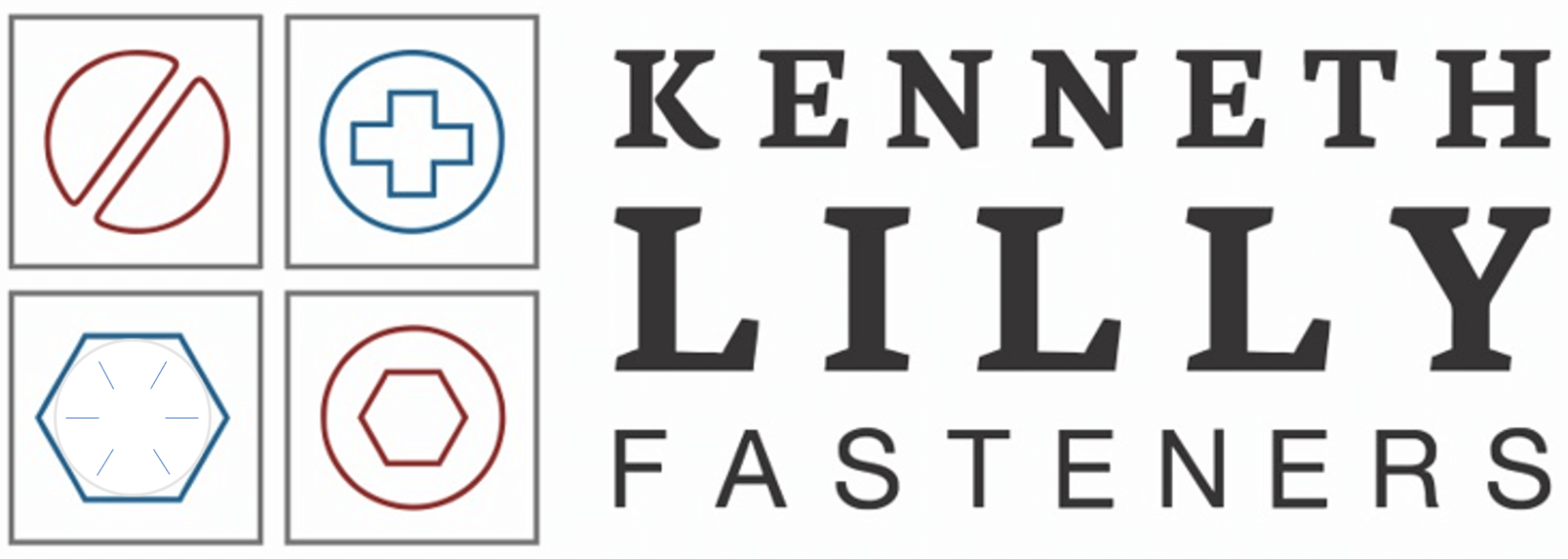A193 B7 vs A193 B16
- April 15, 2025
- Estimated Read Time: 0 min
ASTM A193 B7 alloy steel is commonly used in high pressure, high temperature environments because it undergoes heat treatment during manufacturing. It can withstand service temperatures up to 750 degrees F. It maintains a minimum tensile strength of 125 ksi and a minimum yield strength of 105 ksi.
Where A193 B7 is a chromium-molybdenum alloy, A193 B16 adds an element: chromium-molybdenum-vanadium.
A193 B16 has similar mechanical properties to its little brother A193 B7 (minimum tensile strength of 125 ksi and a minimum yield strength of 105 ksi). However, the addition of vanadium enables A193 B16 to withstand higher service temperatures: up to 1000 degrees F.
Both grades are available in stud bolts and hex bolts. They are marked “B7” or “B16” respectively, but B16 studs are also painted fluorescent green at the tips.
Both grades are most often used uncoated. These grades are meant for use in high pressure and high temperature environments, but not in corrosive environments. Upon request, they can be zinc plated to add some corrosion resistance, but it is important to consider Appendix X2 of the ASTM A193 specification. Zinc has a melting point of 780 degrees F. At any field temperatures more than approximately half of that melting point – so at 390 degrees F – there is an increased risk of embrittlement. That is to say, because the coating will begin to behave differently at 390 degrees F, the entire assembly is at higher risk of embrittlement significantly before the maximum temperature of 750 degrees F when used plain, without a coating.
These stud bolts and hex bolts can be coated with PTFE, but are not for use at high temperatures, so while you will frequently see PTFE coated B7, it is generally not used on B16 since B16 is used in higher temperature environments.



